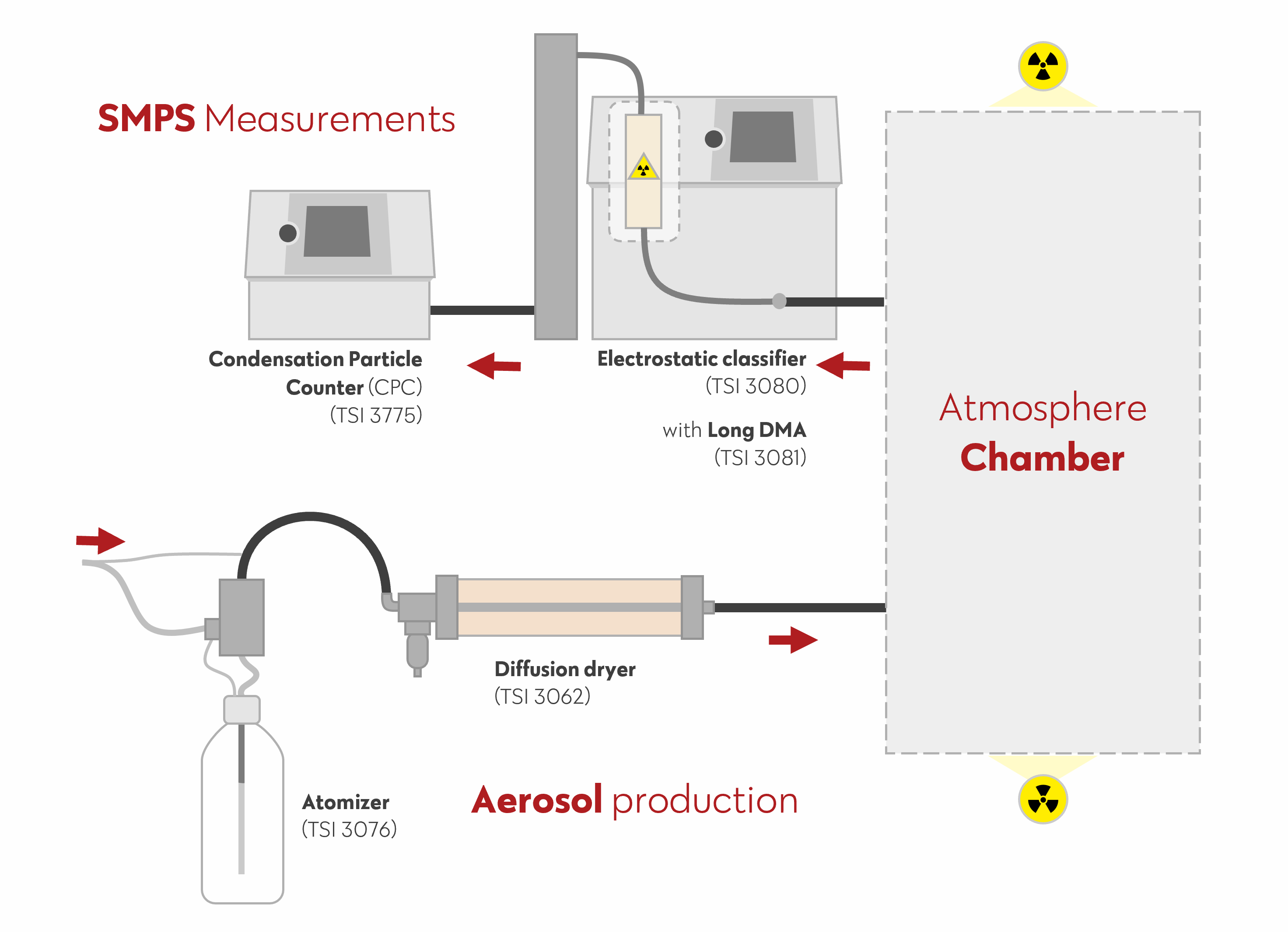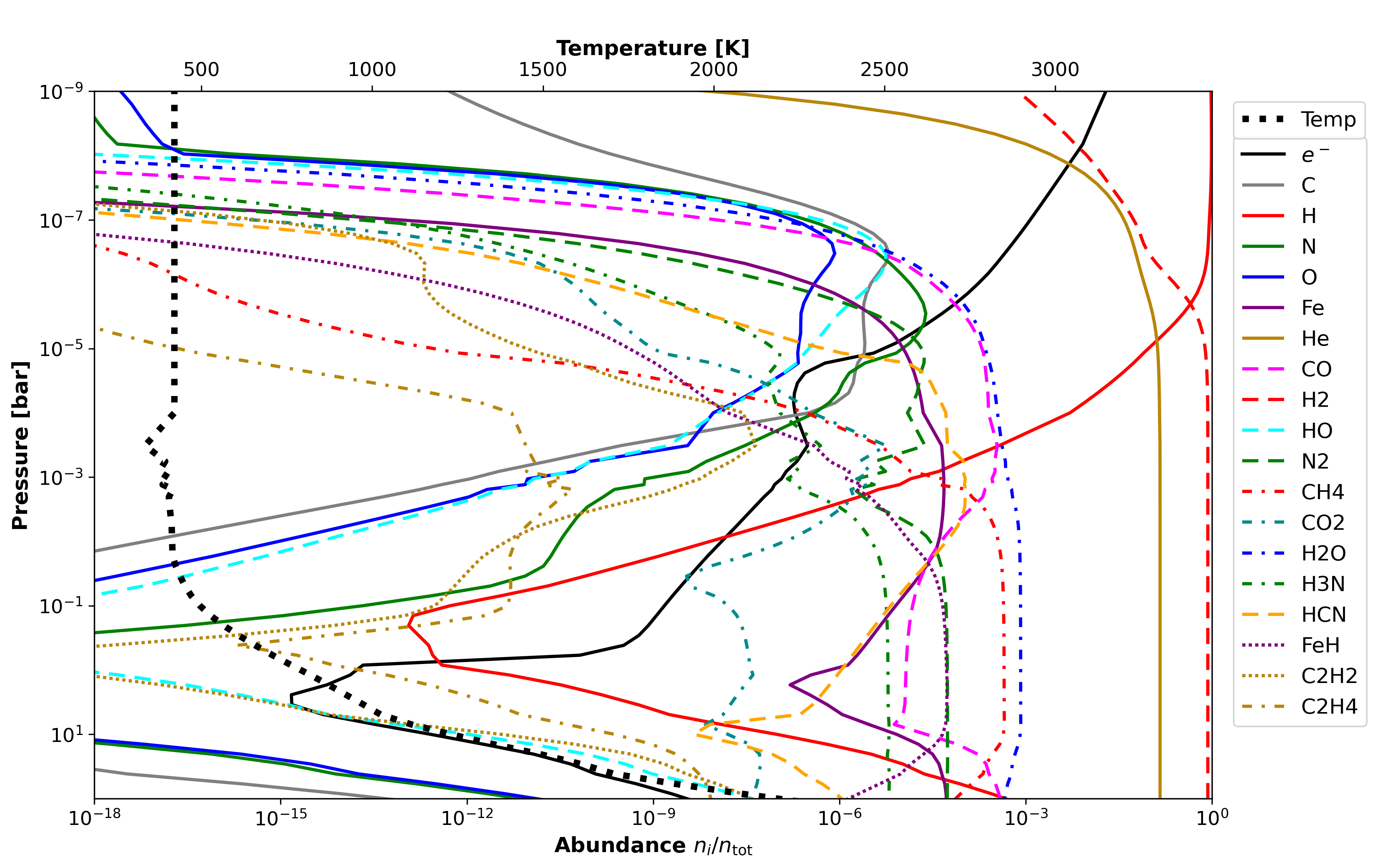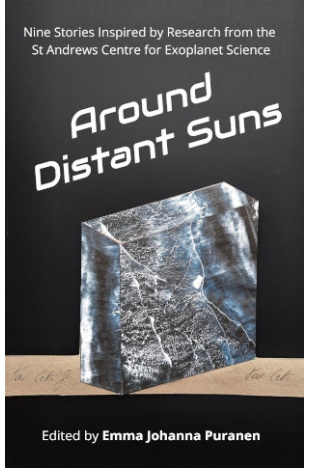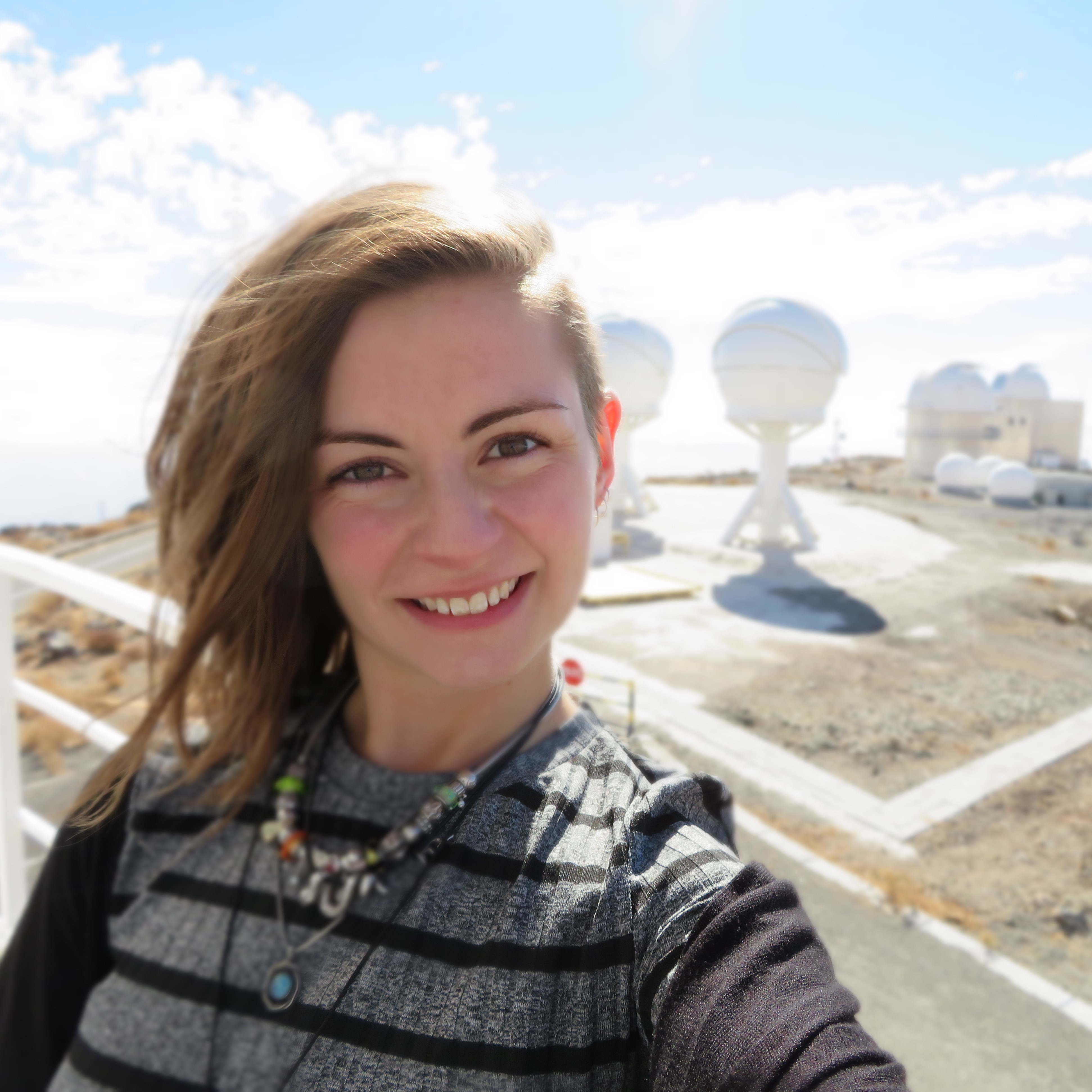
Welcome!
Hi, my name is Nanna, and I am a postdoc at the
University of Copenhagen working with exoplanet atmospheres
and astrobiology.
If you would like to know more about what I'm doing, you are welcome to take a look at some of
my projects below, or contact me at nanna.bach.moeller@nbi.ku.dk.
Research
My main field of interest is astrobiology, the search for life in space, and I am especially interested in
how life might be discovered on distant exoplanets, by looking at so-called biosignatures in the atmospheres of the planets.
In my current research at the Centre for ExoLife Sciences (CELS) at UCPH,
we would like to study how known types metabolism ("breathing" of life) affects the atsmopheres of exoplanets.
When life forms are breathing, they change the atsmopheres around them and thereby disturbs the chemical equilibrium that would otherwise be in the atmosphere.
This creates a chemical disequilibrium, which might be one of our most promising biosignatures, since it is not specific for life on Earth, and can therefore
allow us to discover life that is very different from what we know from our own planet.
In our research, we are simulating exoplanet atmospheres on the computer, using a combination between our current atmosphere model, MARCS, and a newly added disequilibrium chemistry code, KROME.
When these computer simulations are up and running (hopefully in the very near future) we will implement known types of metabolism into our disequilibirum code,
so we can observe their effects on the simulated atmospheres.
Selection of previous work


In my current research I use an atomizer to introduce SiO2 particles into an atmosphere chamber. Similarly to the environment in the upper atmosphere, the particles in the chamber are radiated with UV and gamma radiation, which will affect their tendency to aggregate and form cloud droplets.

Atmosphere models can be used to simulate the chemical and physical processes taking place in an atmosphere, and thereby predict the structure of the atmosphere based on e.g. the chemical composition and type of host star. This is an example of how different molecules are distributed throughout the atmosphere of the exoplanet HATS-6b according to an atmosphere model.
PhD - Exoplanet atmospheres in high-energy radiative environments
In my PhD I was looking at how the radiative environment of a planet affects the chemistry and cloud formation of its atmosphere. We did this in two ways: 1) We did experiments with clouds in an atmosphere chamber, to look at how cloud particles behave under gamma radiation. This is important because clouds can have a huge effect on our observations of atmospheres as well as the climate of the planet, and understanding the cloud formation is therefore important to understand the planet. 2) We did computer simulations of exoplanet atmospheres to model how different types of high-energy radiation affect the chemistry of an atmosphere. This is important because exoplanets are found in many different environments around different host stars and in different parts of the galaxy, which alters the radiation that reaches the planet. We know that radiation can change the atmospheric chemistry, and that these changes can in some cases look like biosignatures. In order to recognize biosignatures, we therefore need to understand the environment of the planets we are looking at.
Publications
Nanna Bach-Møller, Christiane Helling, Uffe G. Jørgensen, and Martin B. Enghoff -
"Aggregation and Charging of Mineral Cloud Particles under High-energy Irradiation."
The Astrophysical Journal, Volume 962 (2024), 87
Nanna Bach-Møller, and Uffe G. Jørgensen -
"Orbital eccentricity–multiplicity correlation for planetary systems and comparison to the Solar system."
Monthly Notices of the Royal Astronomical Society 500.1 (2021): 1313-1322.
Sven Kiefer1, Nanna Bach-Møller, Dominic Samra, David A. Lewis, Aaron D. Schneider, Flavia Amadio, Helena Lecoq-Molinos, Ludmila Carone,
Leen Decin, Uffe G. Jørgensen, and Christiane Helling -
"Under the magnifying glass: A combined 3D model applied to cloudy warm Saturn-type exoplanets around M dwarfs."
Astronomy & Astrophysics 692, A222 (2024).
Other Activities
To me, one of the most beautiful aspects of astrophysics is how many thoughts and emotions it can create, not just in myself but in others as well. So when I'm not doing research I often enjoy sharing these thoughts with other people through outreach and creative projects.

As a researcher at the Space Research Institute I participated in the STEIERMARK SCHAU as a contributing researcher through scientific advice, and by making video- and written contributions.

In the spring 2021 I participated in a collaboration between scientists and Sci-Fi writers initiated by Emma Puranen at StACES, the University of St Andrews. The collaboration resultet in a series of short stories that has later been published under the title Around Distant Suns.

The CHAMELEON project has an integrated art aspect, and through here I'm currently part of the Ex(p)oplanet collaboration between the scientists of CHAMELEON and artists from SLAC . In one project, Swirls, I have assisted Wilma Geyskens, in making a video for her interpretation of the concept of Clouds in collaboration with content producer by_pless.
Parallel to my studies I have long been working with outreach at Copenhagen Planetarium. This collaboration has lead to many projects, including talks and events such as Chasing Stars in Chairs and Science Slam, Cosmic Comedy, and a vlog over my time as an observer at La Silla Observatory .
CV
Experience
2025 - Current - Postdoc | Centre for ExoLife Sciences (CELS), University of Copenhagen
Model development on a combined radiative transfer and disequilibrium chemistry code to study the effect of known metabolisms on exoplanet atmospheres under Earth-like conditions.
2020 - 2024 - PhD in Astrohysics | Austrian Academy of Sciences, Graz University of Technolog, and University of Copenhagen
Early stage researcher at the Marie Curie ITN, CHAMELEON.
Thesis on "Exoplanet atmospheres in high-energy radiative environments".
Conducted experiments on the effect of gamma radiation on mineral cloud particles in an atmosphere chamber at DTU Space in collaboration with the University of Copenhagen.
Modelled the effect of the radiative environment on the disequilibrium chemistry of exoplanet atmospheres at the Space Research Institute, Austrian Academy of Sciences.
2018 - 2020 - Master's degree in Physics | University of Copenhagen
Major in Astrophysics. Thesis on "Atmospheric Disequilibrium Model - Model Development for Exoplanet Atmosphere Simulations"
Acted as local observer at La Silla Observatory for the MiNDSTEp consortium, with focus on microlensing and transit observations of exoplanets.
Research project in astrobiology at Virtual Planetary Laboratory at the University of Washington.
2016 - 2018 - Bachelors's degree in Biology | University of Copenhagen
Major in Molecular and Cell biology. Thesis on "Comparative Analysis of Multi- and Monospecies Cultures"
Research project on the Bacterial Responses to the Environment of Microgravity based on existing scientific litterature.
2013 - 2016 - Bachelors's degree in Physics | University of Copenhagen
Major in Astrophysics. Thesis on "Orbital Eccentricity - Multiplicity Correlation for Planetary Systems"
Skills
Coding experience with MATLAB, Python, Fortran, LaTeX
Language: Danish (native), English (advanced)
Contact and Affiliations

